Photographing Snow Leopards: Tips and Tricks for Capturing the Perfect Shot
If you're dreaming of photographing snow leopards in the Himalayas, you're not alone. These majestic creatures are one of the most elusive and stunning subjects in wildlife photography. Trekking through the rugged terrains of Dolpo or Upper Mustang with Dolpo Caravan offers a rare chance to see them in their natural habitat.
But let’s be honest—capturing the perfect shot is no walk in the park. That’s why this guide is here to walk you through everything you need to know—from preparation and gear to techniques and ethics.
By following these procedures, you may greatly improve your chances of capturing that amazing snow leopard snap, regardless of your level of experience.
What Should You Know About Snow Leopards Before the Trek?
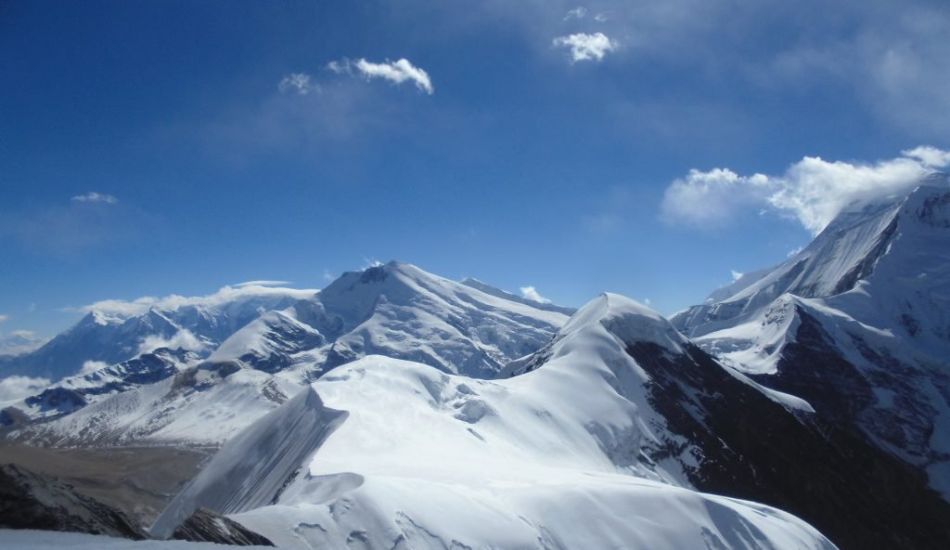
Before even thinking about snapping your camera, get to know your subject. Understanding snow leopard behavior will increase your chances of a sighting—and a great shot.
- Habitat:
- Indeed, high-altitude areas, usually between 3,000 and 5,500 meters above sea level, are home to snow leopards. Leopards can hunt and find shelter in these wild regions, which frequently include rocky cliffs, steep slopes, and alpine meadows.
- Their habitat primarily spans parts of Central Asia, including Nepal, Bhutan, India, and Tibet, with the Himalayas being a prominent area where they live.
- Snow leopards are extremely elusive because of the rugged cliffs and alpine settings that enable them to stay hidden and avoid detection.
- Activity Times:
- Due to their crepuscular nature, snow leopards are most active in the early morning (dawn) and evening (dusk). This is a behavior often seen in animals that inhabit harsh environments, as the cooler temperatures during these times help them conserve energy and avoid midday heat.
- Their crepuscular activity also makes them harder to spot in the day while they rest or hide, although early afternoon and late evening are the ideal times to sight them.
- Tracking Signs:
- Snow leopards leave behind clear signs that can indicate their presence. Their large, round paws make distinctive tracks in the snow, which are a key clue for trackers.
- Scat (feces) is another important indicator. Studying scat can help understand what the snow leopard has been eating and its movements.
- Scratch marks on rocks and trees are often made by snow leopards to mark their territory or to sharpen their claws. These marks are commonly found on the paths they travel, making them a useful sign for trackers and photographers.
When Is the Best Time of Year to Photograph Snow Leopards?
To truly master photographing snow leopards, timing is everything.
- Best Season: December to March.
- Why?
During this season, snow leopards descend to lower altitudes, making them easier to spot. - Lighting: The soft, diffused light of winter enhances contrast and mood.
Plan your Snow Leopard Trek with Dolpo Caravan during this window for the highest chance of sightings.
What Kind of Gear Do You Need to Photograph Snow Leopards?
You don’t need the most expensive gear, but you do need reliable, high-performance equipment:
Photography Essentials:
Camera Body: For low light (early mornings and evenings) and capturing clear shots even in difficult situations, a DSLR or mirrorless camera with a full-frame sensor is perfect.
Lens: To take pictures of snow leopards without upsetting them, you need a telephoto lens (400mm or longer) that allows you to shoot from a distance.
Tripod or Monopod: Stability is key in rugged terrain. A tripod provides steady shots, while a monopod is more portable and useful for quick shots while trekking.
Extra Batteries: Cold temperatures drain batteries quickly, so bring extra and keep them warm to avoid running out of power during critical moments.
Weatherproof Protection: Rain covers, lens cloths, and camera wraps protect your gear from snow, rain, or dust, ensuring your camera stays dry and functional in harsh conditions.
Recommended Read : How to Prepare for Snow Leopard Trek
What Camera Settings Should You Use for the Perfect Shot?

When photographing snow leopards, you often have mere seconds to act. Set up your camera in advance:
- Shutter Speed: In order to capture the snow leopard's fast movements, set your shutter speed to 1/1000 or higher. This is important since snow leopards, particularly while moving, can be swift and elusive. A higher shutter speed guarantees a clear picture free of motion blur.
- Aperture: Use an aperture between f/4 and f/5.6. This range allows enough light to enter the camera in low-light conditions (like early mornings and evenings) and helps blur the background, isolating the snow leopard from its environment. This makes the animal stand out clearly.
- ISO: Start with an ISO of 400 and adjust based on the available light. Although lower ISOs (around 400–800) reduce noise, you may need to raise the ISO to retain the right exposure if the light is poor. Don’t go too high, as it could result in grainy photos.
- Focus Mode: Set your camera to AI Servo/Continuous Focus to track the snow leopard’s movements. This mode adjusts the focus automatically as the animal moves, ensuring your subject stays sharp, especially when the leopard is on the move. It’s especially useful in fast-paced environments like treks.
- Shooting Mode: Use Burst Mode for fast movements. Because snow leopards may move quickly, burst mode increases your chances of capturing that flawless, split-second shot by taking many shots quickly one after the other. This is essential when capturing fast, fleeting moments during your trek.
Practice these settings at home with moving pets or wildlife to get comfortable.
How Do You Position Yourself for the Best Photos?
The right spot makes all the difference. Positioning is about patience, planning, and blending into nature.
- Clothing: Wear neutral colors like browns, greens, or grays to blend in with the environment. Bright colors or patterns can startle wildlife, so dressing in natural tones helps you stay unnoticed by snow leopards and other animals.
- Noise: When taking pictures of snow leopards, it's important to remain silent. They can detect your presence even from the sound of your camera shutter. To preserve the peace and quiet for the wildlife, avoid creating any loud noises and pay attention to your surroundings.
- Shelter: Position yourself behind natural features like boulders, trees, or bushes to conceal yourself from view. This helps you remain hidden while allowing you to observe and photograph without disturbing the animals. Using these natural shelters allows for better, less intrusive shots.
How Do You Frame and Compose an Eye-Catching Photo?
When it comes to photographing snow leopards during the trek, it’s not just about having a good camera or getting lucky—it’s about how you tell the story through your lens.
Environmental Shots: Snow leopards are part of the Himalayas, so don’t zoom in too tightly. Show the rugged mountains, the snowy slopes, and the vast wilderness they call home. These environmental shots really help people understand the big picture.
Rule of Thirds: Instead of putting the snow leopard right in the middle, try placing it off to the side. It makes your photo more balanced and naturally pleasing to the eye.
Depth: A flat photo can feel lifeless. Use foreground elements like rocks, trees, or prayer flags to create layers in your image. It makes the viewers feel like they’re stepping into the scene.
Lead Lines: Look for natural lines—maybe a trail, a ridgeline, or the curve of a slope—that guide the viewer’s eyes straight to the subject. It adds flow and focus to your composition.
What Ethical Rules Should You Follow When Photographing Snow Leopards?
Photographing snow leopards in their natural habitat is a great experience, but it also carries a great deal of responsibility. These elusive species are not only rare, but also highly sensitive to human presence. So, while getting the ideal shot is exciting, it's important to respect their environment.
Here are a few ethical rules every responsible trekker and photographer should follow:
Keep Your Distance: Never try to get too close. Use zoom lenses and let the snow leopard move freely in its natural habitat without feeling threatened.
No Baiting or Disturbance: Avoid using food or sounds to attract them. It’s unfair to the animal and can change its natural behavior, which harms both the leopard and future wildlife encounters.
Respect Local Guidelines: Follow the rules set by conservation teams or local guides. They know what’s best for both the wildlife and the ecosystem.
Don’t Linger Too Long: Even if you spot one, don’t overstay. Prolonged human presence can stress the animal, especially if it’s hunting or caring for its young.
Share Responsibly: When posting photos online, avoid sharing exact locations. It helps protect snow leopards from poaching or over-tourism.
Remember that photographing snow leopards is about celebrating and protecting these wonderful creatures for future generations, not just getting a cool image.
How Can You Stay Safe and Energized During the Trek?
High-altitude trekking in search of wildlife is no small task. When you’re out photographing snow leopards in the remote Himalayas, staying safe and energized becomes just as important as capturing that once-in-a-lifetime shot. The terrain is tough, the weather unpredictable, and your body needs to be ready for it all.
Here’s how you can take care of yourself and make the most of the experience:
Dress Smart: Weather conditions can shift quickly. Layer up with warm thermals, a mid-insulating layer, and a waterproof jacket to stay protected and comfortable on the trail.
Fuel Up: It requires stamina to trek and shoot pictures of snow leopards. Keep high-energy, portable snacks on hand, such as nuts, dry fruits, and granola bars, to maintain a consistent energy level throughout the day.
Hydrate Often: Dehydration is always a serious concern at high places even though cold weather may make you drink less. Drink water often, even if you're not thirsty.
Don’t Skip the Essentials: Pack a compact first-aid kit, reliable trekking poles, and a headlamp. When tackling sudden weather changes or traveling rugged trails, these tiny gadgets can make a big impact.
Why Choose Dolpo Caravan for Your Snow Leopard Photography Trek?
When it comes to snow leopard photography, you don’t just need a guide—you need a team that understands the art of patience, the value of local knowledge, and the rhythm of the wild. That’s exactly what Dolpo Caravan Treks brings to your journey.
Here’s why this isn’t just another tour—it’s a true photography trek in the Himalayas:
Expert Spotters: For years, our local guides have been observing and analyzing the behaviors of snow leopards. Because of their in-depth knowledge of the region and its wildlife, you have the best chance of witnessing a rare snow leopard while traveling.
Photography-Friendly Itinerary: Unlike standard trekking routes, our schedule is tailored for photographers. You’ll spend more time in high-probability areas during the best time to photograph snow leopards, with enough flexibility to wait for that perfect shot.
Eco-Responsible Approach: As part of our commitment to sustainable wildlife photography in Nepal, we follow ethical trekking practices. That means no disturbance to the animals, no littering, and full respect for local communities and traditions.
Complete Support System: From porters and cooks to experienced mountain guides, the Dolpo Caravan snow leopard tour ensures you’re physically, mentally, and logistically supported every step of the way.
Whether you're a seasoned wildlife photographer or just starting out, this is more than a trip—it’s a once-in-a-lifetime experience to capture the soul of the Himalayas through your lens.
Conclusion
Photographing snow leopards in the rolling Himalayan terrain is an experience that serves you once in a lifetime and stirs your soul, but it requires patience, passion, and purpose. Every step matters, whether you learn about their evasive nature or use the right equipment and follow ethical guidelines.
With the right mindset and preparation, you won’t just come home with beautiful photos—you’ll return with stories that reflect the spirit of the mountains and the wild.
Book your Dolpo Caravan snow leopard tour today and experience the magic of wildlife photography in Nepal like never before.
FAQs
1. What’s the best month for snow leopard photography in Nepal?
December to March is ideal, when snow leopards descend to lower altitudes.
2. Is a permit required for photographing snow leopards?
Yes, special permits are required, which Dolpo Caravan will arrange for you.
3. Can beginners capture good snow leopard photos?
Absolutely! With guidance and patience, even beginners can get amazing shots.
4. How long does a typical snow leopard trek last?
It usually ranges from 10 to 18 days, depending on the region and sightings.

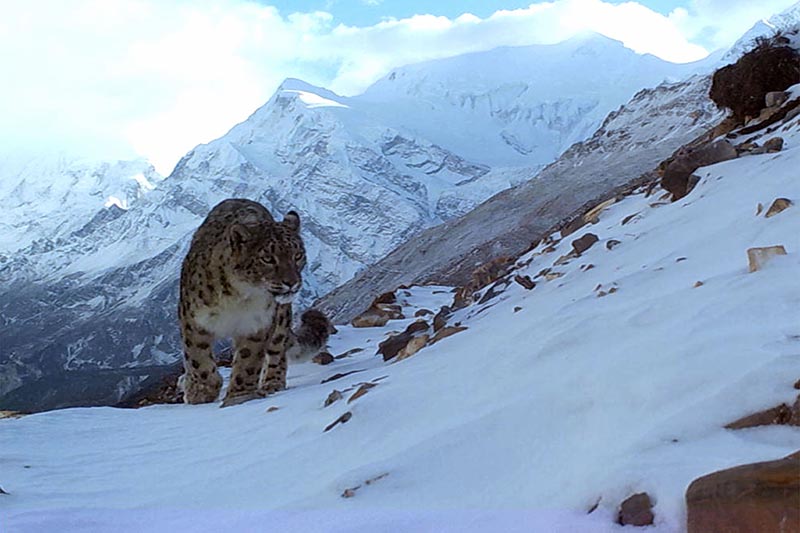
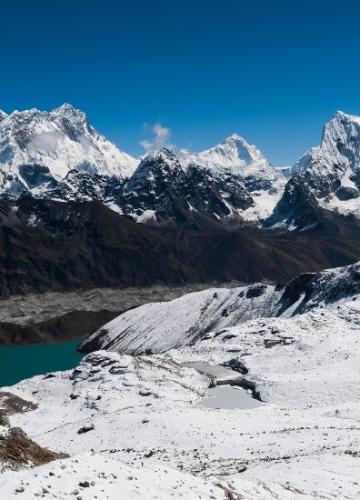
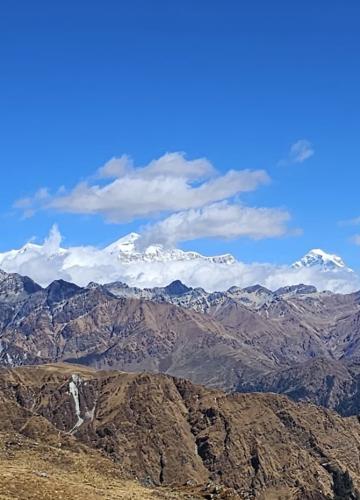
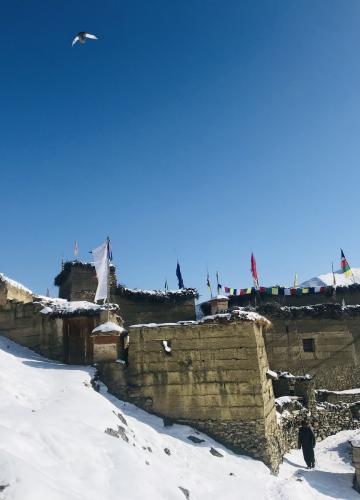
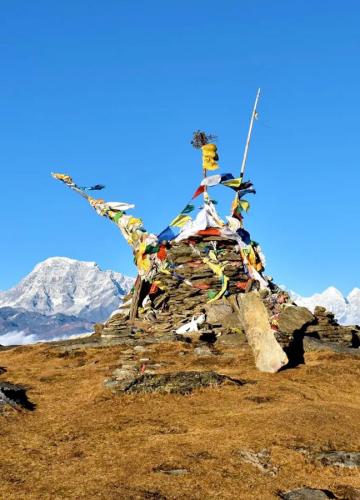
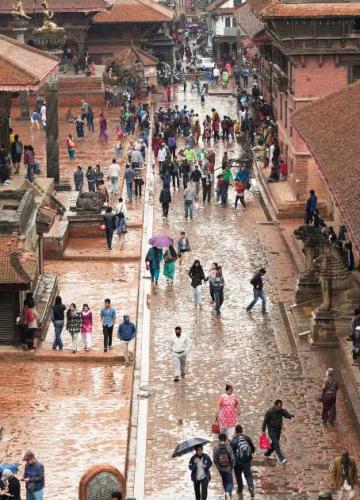
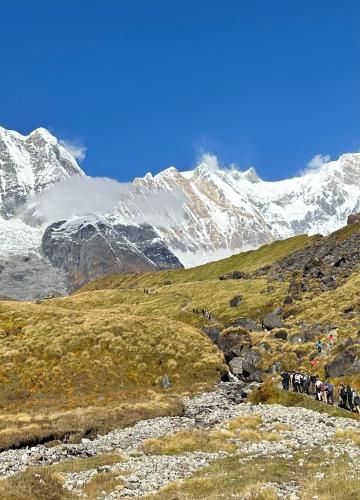

Leave Your Comment